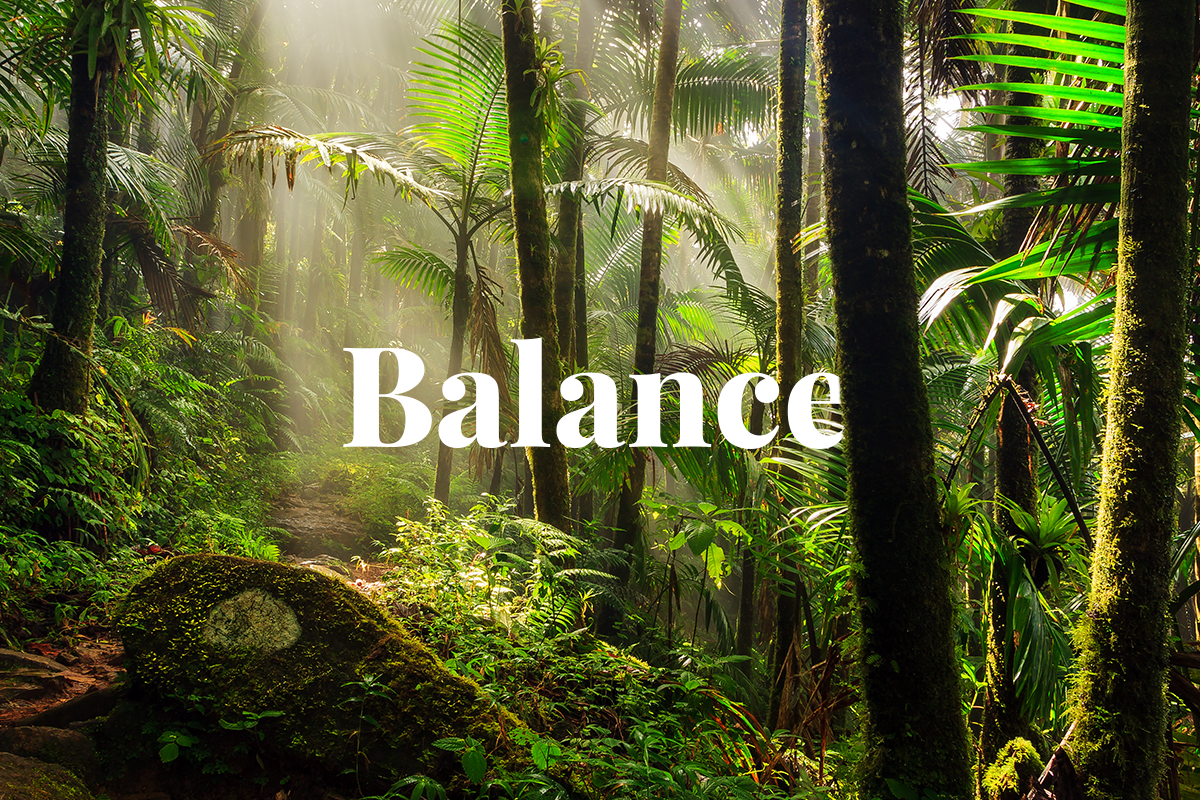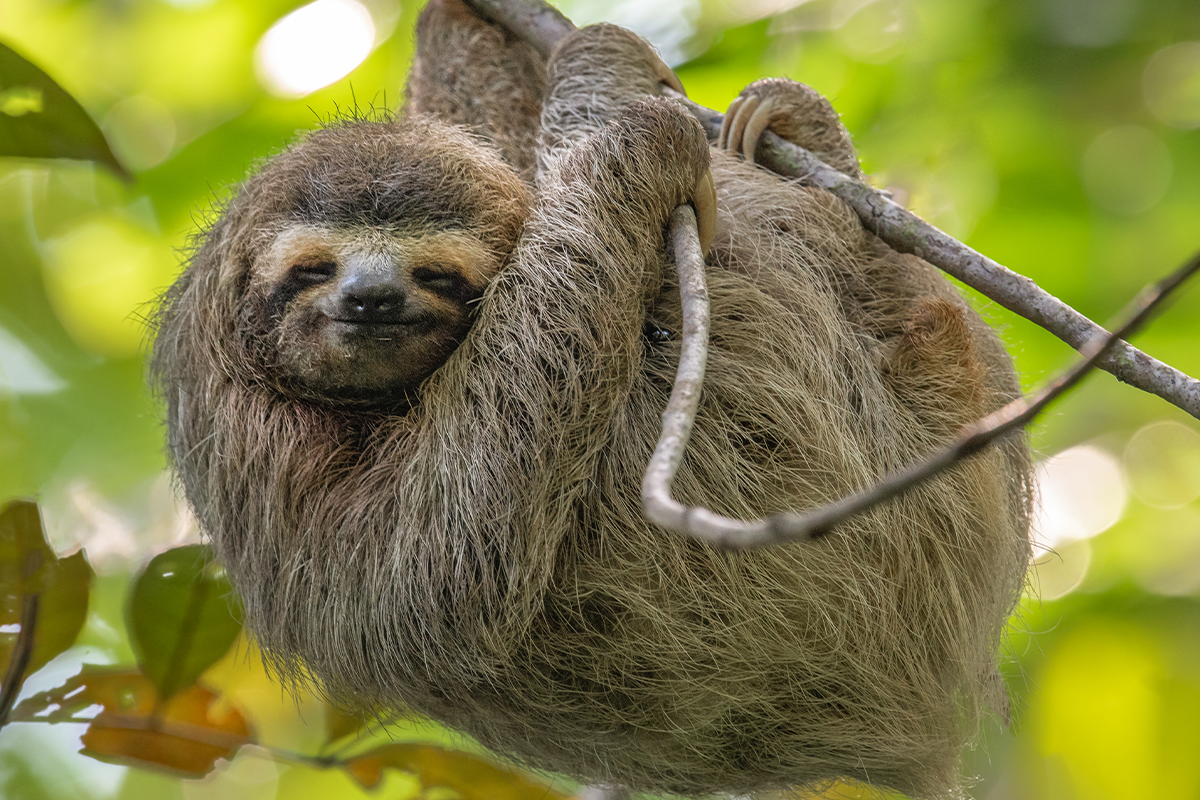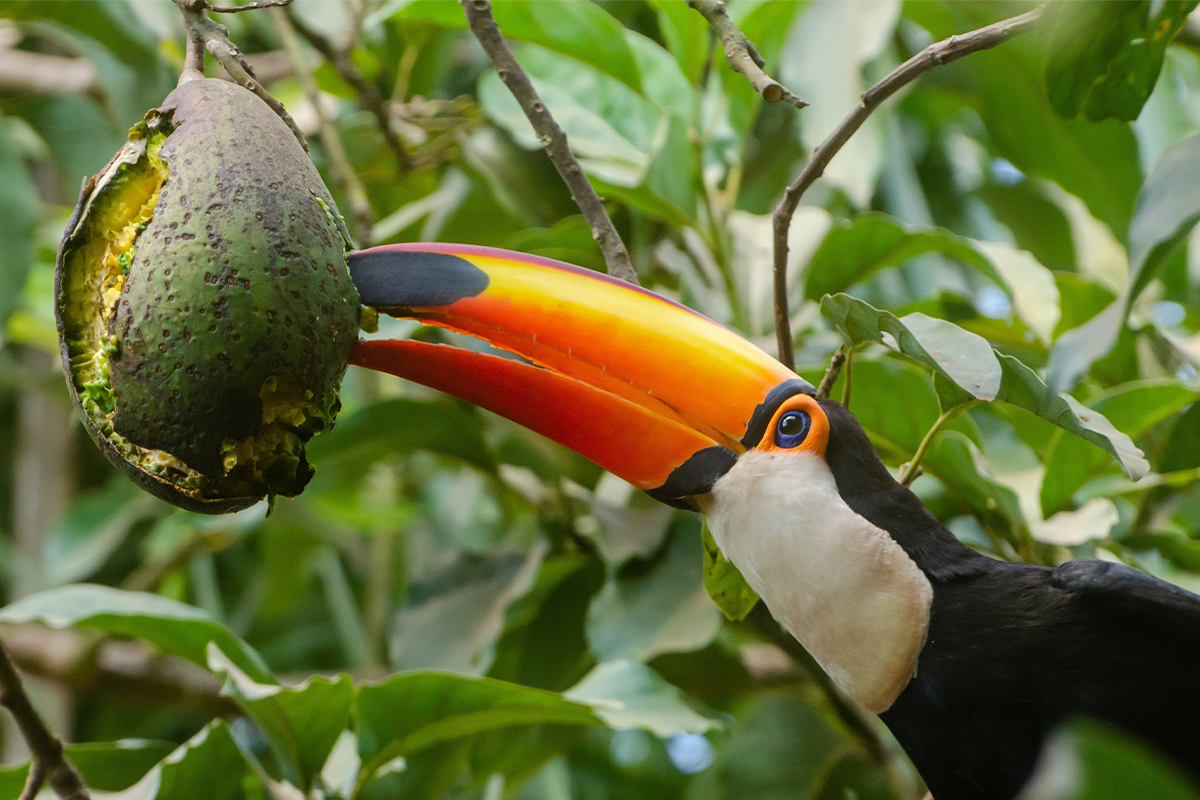Tropical rainforests cover less than 3% of the land on the Earth but are home to more than half of terrestrial animal species worldwide. They play vital roles in species' livelihoods and the overall balance of nature. This article will discuss why tropical rainforests are important and what they contribute to our planet, flora and fauna, and our lives.

What are tropical rainforests?
Tropical forests are rainforests located near the equator. It is a hot and moist biome with rain all year long. This type of rainforest receives the largest amount of precipitation, unlike tropical dry forests, where it only rains during a single wet season.
Read more: Reforestation: 10 amazing benefits of planting trees
They are also called evergreen forests because trees in tropical rainforests don’t shed leaves, compared to deciduous forests, where tree leaves fall as a response to seasonal changes.

What are the vital functions of tropical rainforests?
Tropical rainforests provide various essential ecosystem services that affect biodiversity and our wellbeing, food, and water supply. Below we’ll discuss each of these important functions in greater detail.
Climate regulation
Rainforests absorb carbon dioxide. Which means they absorb heat, preventing it from reaching the atmosphere. When forests are cut down, too much heat is reflected in the atmosphere, affecting local rainfall amounts and weather patterns. Rainforests act as natural sponges that absorb heat and regulate precipitation, which is crucial for the balance of the environment.
Biodiversity
80% of the world’s documented species live in tropical rainforests. Tropical rainforests have different layers that help them sustain different types of species. Gigantic trees form a canopy and provide food and shelter to animals such as sloths and toucans. A middle layer with smaller trees is ideal for reptiles, birds, and jaguars. Then there is the forest floor—with very little sunlight—home to insects and fungi.
Habitat loss is a prime issue that needs to be addressed to prevent the extinction of forest species and ensure rich biodiversity. According to a report by the International Union for Conservation of Nature (IUCN), more than 10,000 species of plants and animals in the Amazon rainforest are at high risk of extinction due to habitat destruction. This includes iconic species such as jaguars, sloths, macaws and other critical components of the rainforest's complex ecosystem.
Read more: 10 Vital ecosystem services: sustaining life on Earth


Soil conservation
Rainforests regulate water flow and prevent flooding and erosion. Without tree and plant cover, heavy rain washes out all the soil nutrients and sweeps the soil into rivers.
Due to the hot and humid climate, rainforest soil is rich in different types of fungi, bacteria, and microorganisms that help break down dead plants and animals. This process, called decomposition, enriches the soil and helps with new growth.
Water regulation
Rainforests are part of many processes that create more precipitation and direct water to appropriate channels. First, trees release water vapours into the atmosphere. It creates clouds and brings more rain. Then, the deep roots of those majestic trees withstand heavy precipitation, redirecting the water to freshwater sources while keeping the ground intact.
The fascinating part of this process is how this released moisture affects areas hundreds of miles away. For example, the Amazon Rainforest—the largest rainforest in the world—affects precipitation rates as far as the Midwest region of the United States. Therefore, rainforest restoration is essential for the planet’s water supply, agriculture, and food security.
Read more: Deforestation in the Amazon Rainforest: causes, effects, solutions
Medicinal plants
Rainforest species are an effective reservoir of medicines for researchers to create new remedies to cure diseases and support well-being. 70% of plants with anti-cancer characteristics are found solely in rainforests. Some rainforest plants are responsible for 25% of drugs currently used in Western medicine, such as quinine, novocaine, tubocurarine, vincristine and cortisone.
Timber and non-timber forest products
Living in urban areas, it might seem like rainforests are far away and not connected to our lifestyle. However, humans use at least 40,000 species of plants and animals daily for food, shelter, clothing, and medicinal needs. A significant part of these products either originated from or are grown in rainforests. Just to mention a few: wood, medicine, oils, gums, resins, nuts and fruits, such as avocados, coconut, grapefruit, bananas, pineapple, and more.

What can investors, businesses, or individuals do to support rainforests?
With so many benefits rainforests provide, supporting these lush, green, and rich ecosystems is more important than ever. Most people don’t have the time or industry knowledge to directly impact these forests, but there is a solution that allows everyone to make an impact at scale.
DGB Group provides opportunities to invest in nature, create natural carbon sinks, and plant forests in the most needed areas. If you or your business wants to tap into nature-based markets valued at $7 trillion, choose among our reforestation or cookstoves projects, green bonds, or tree-planting subscriptions.









